- About us
- Support the Gallery
- Venue hire
- Publications
- Research library
- Organisation chart
- Employment
- Contact us
- Make a booking
- Onsite programs
- Online programs
- School visit information
- Learning resources
- Little Darlings
- Professional learning
Francis (Pat) Quinn (1914–2010), showman and hypnotist, was born in Christchurch, New Zealand. His father's career as a theatre manager inspired him to work in showbusiness. Quinn first became interested in hypnotism after reading George du Maurier's 1894 novel Trilby. In the 1930s he worked in radio as a breakfast announcer and hosted his own show at night, The Film Fan Show. Following the Second World War he worked in the sideshow of a travelling fair, acting as a spruiker for the show. He developed his 'Great Fanquin' stage act in 1949 – hypnotising people from the audience – which was an instant success. During the 1950s and 1960s he performed sell-out shows in Brisbane, Sydney and Melbourne, and also toured to Hawaii, Canada, USA and South Africa.
Gift of Danina Dupain Anderson 2021. Donated through the Australian Government's Cultural Gifts Program.
© Max Dupain/Copyright Agency, 2024
Danina Dupain Anderson (47 portraits)
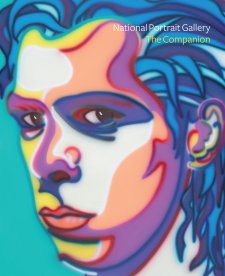
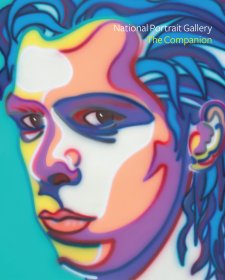
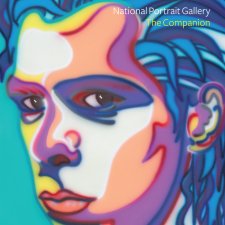
On one level The Companion talks about the most famous and frontline Australians, but on another it tells us about ourselves.

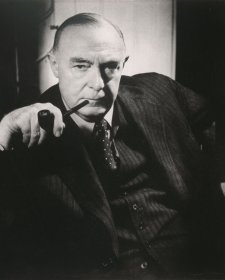
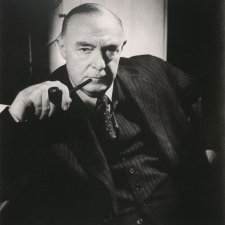
Johanna McMahon revels in history and mystery in pursuit of a suite of unknown portrait subjects.
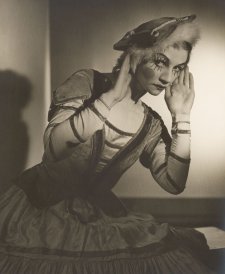
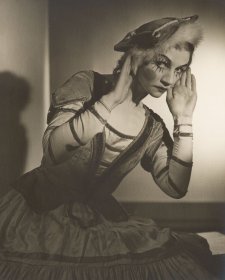
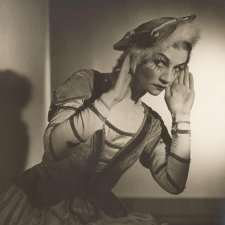
Gael Newton delves into the life and art of renowned Australian photographer, Max Dupain.